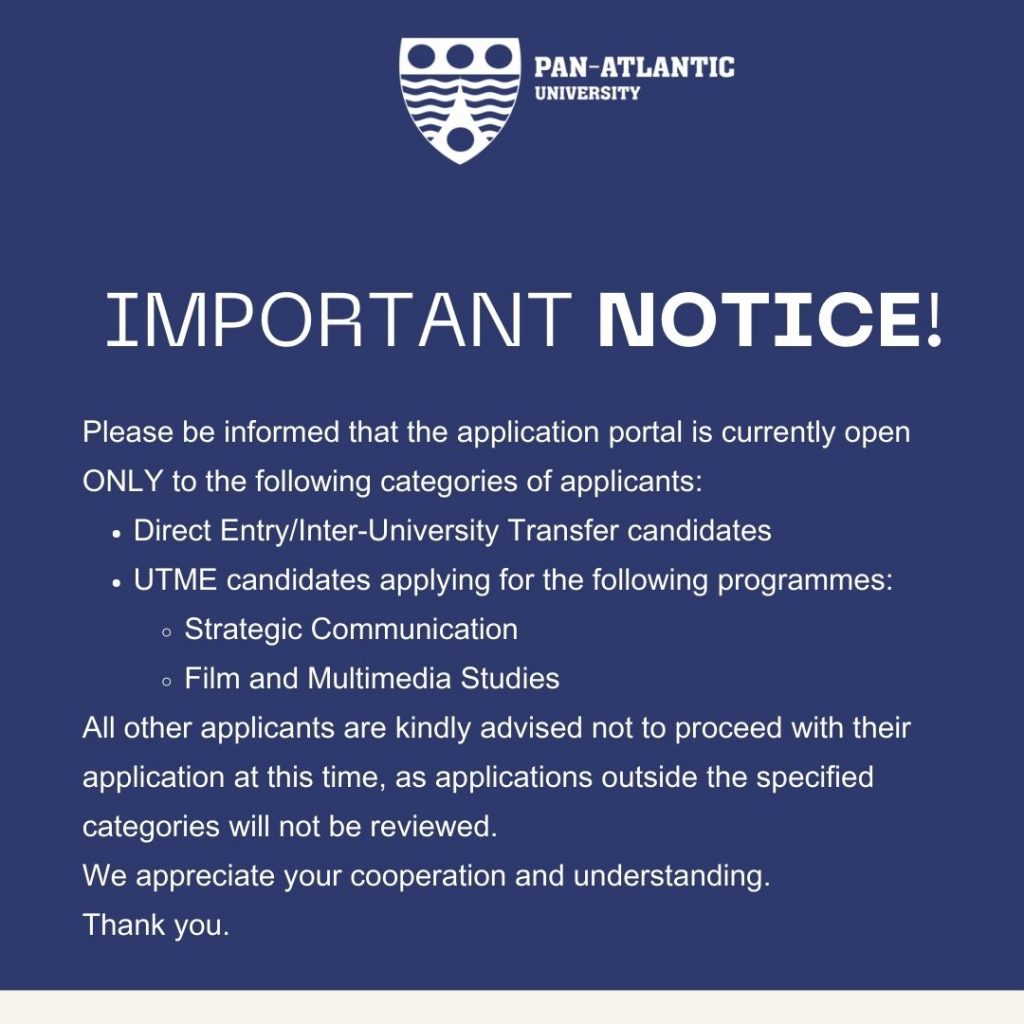Even the most accomplished professionals can benefit from a refresher on communication fundamentals. Here are some common mistakes that can undermine your credibility in emails, meetings, and presentations.
Consider the following email and writing essentials:
Its vs. It’s
– “Its” shows possession: “The department submitted its report.”
– “It’s” means “it is”: “It’s time for the meeting.”
Effect vs. Affect
– “Effect” is usually a noun: “The new policy had a positive effect.”
– “Affect” is usually a verb: “Budget cuts will affect our programs.”
Your vs. You’re
– “Your” shows possession: “Your presentation was excellent.”
– “You’re” means “you are”: “You’re scheduled for 2:00 pm.”
Fewer vs. Less
– Use “fewer” for countable items: “fewer students,” “fewer meetings”
– Use “less” for uncountable quantities: “less time,” “less confusion”
Speaking with Confidence
Avoid Filler Words
Instead of “um,” “like,” and “you know,” try pausing silently. The brief silence sounds more professional than verbal fillers.
End Statements Strongly
Avoid uptalk (ending statements like questions). “The deadline is Friday” sounds more authoritative than “The deadline is Friday?”
Use Active Voice
Say “I will review the proposal” instead of “The proposal will be reviewed by me.”
Common Professional Mistakes
“Between you and I” → Correct: “Between you and me”
“I could care less” → Correct: “I couldn’t care less”
“For all intensive purposes” → Correct: “For all intents and purposes” (this correct form is redundant; consider eliminating it in your writing)
“Irregardless” → Correct: “Regardless”
Quick Meeting Tips
– Start with your conclusion, then provide supporting details
– Use “We need to decide…” instead of “I think maybe we should consider…”
– Replace “That’s not my job” with “Let me connect you with the right person”
Takeaway point:
Clear communication isn’t about being perfect all the time. It’s about connecting with your audience and conveying your ideas effectively.
Welcome to July!



